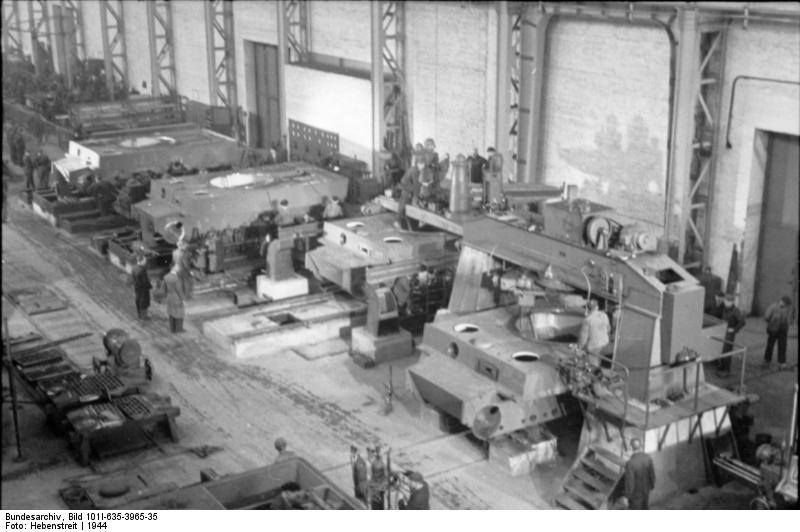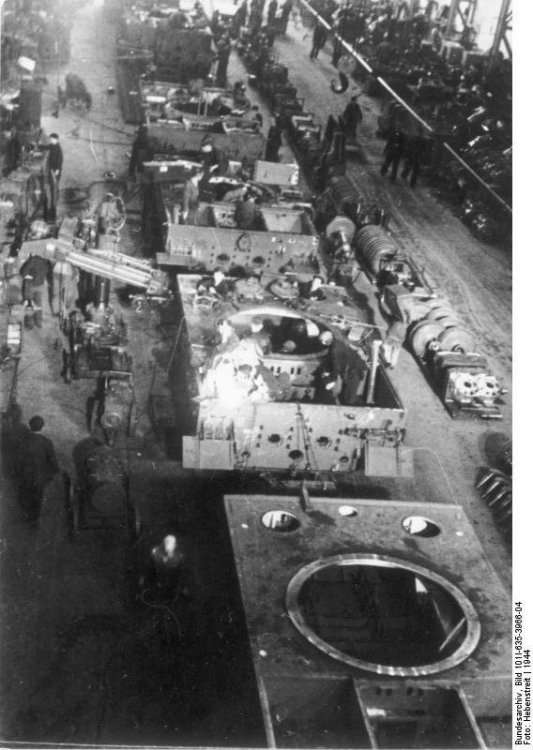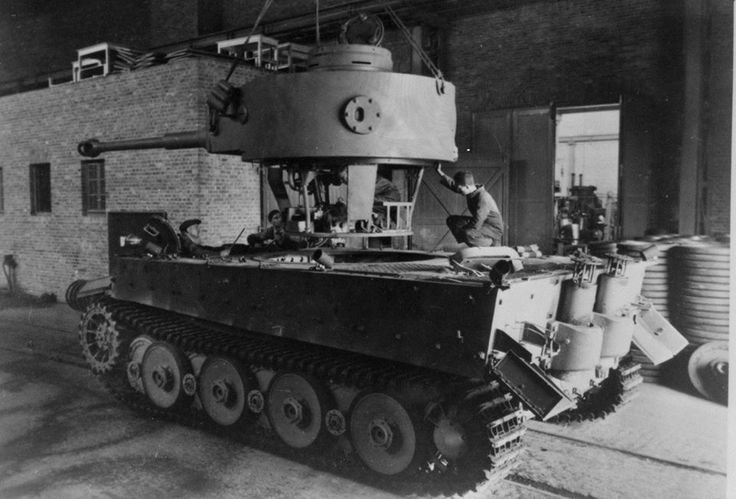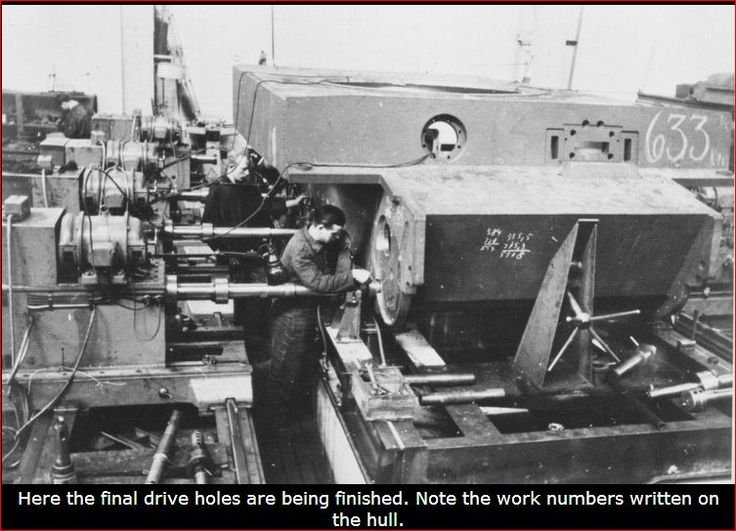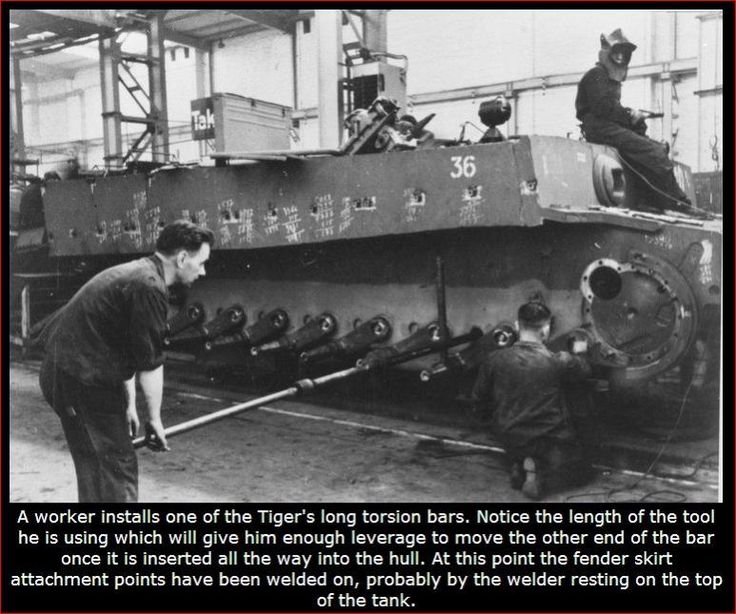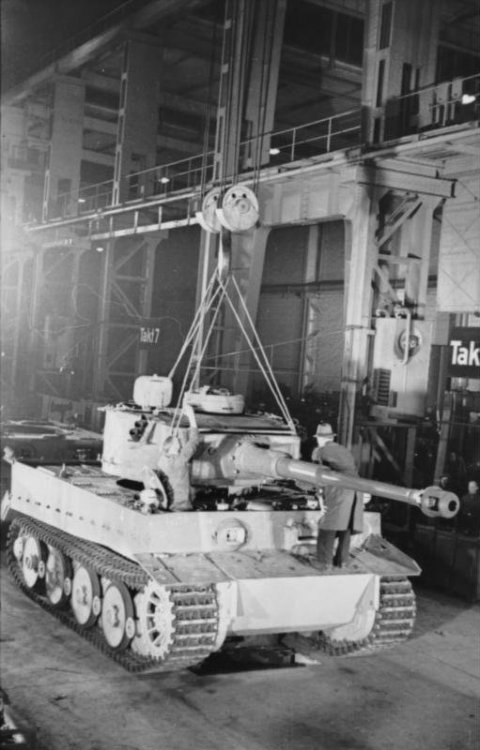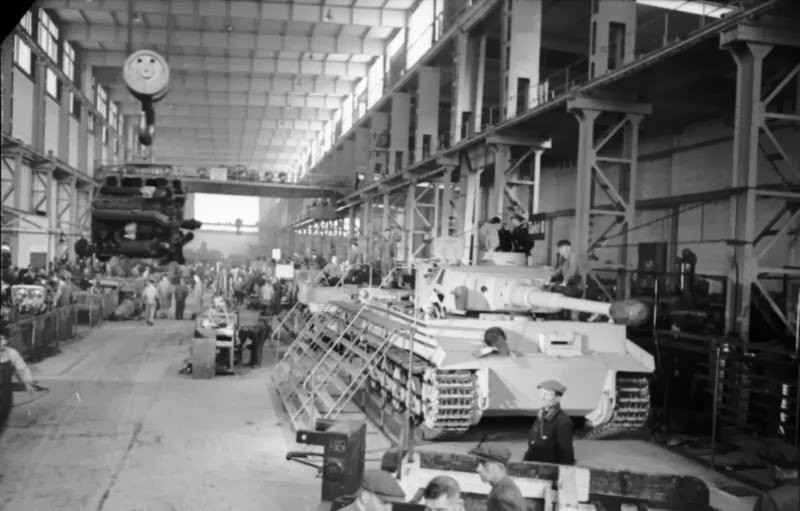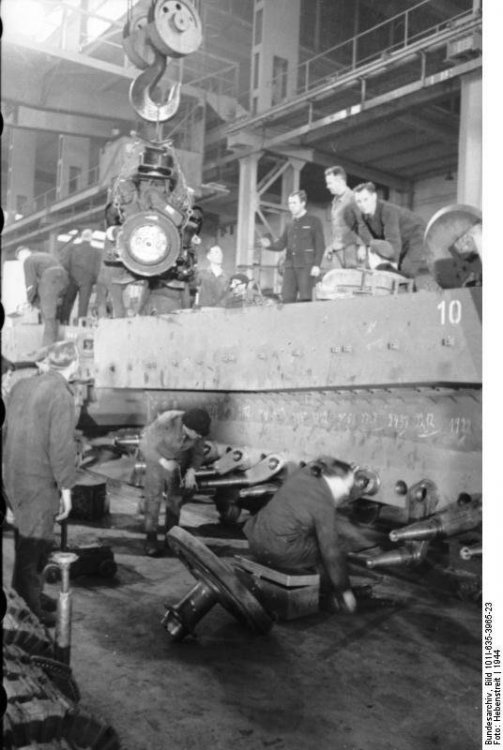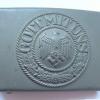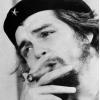Leaderboard
Popular Content
Showing content with the highest reputation on 27/01/20 in all areas
-
The WW2 German Tiger tank is easily one of the most well known tanks from the conflict, although powerful and deadly, it was a very complex and mechanically challenging vehicle to produce and maintain. Production was ordered to start in August 1942. It began at a rate of 25 tanks per month and peaked in April 1944 at a rate of 104 per month. It took 300,000 man hours to build one Tiger, almost twice as much time as a Panther required. By comparison, the Sherman tank required about 48,000 man hours and the T-34 took about 55,000 hours to build. The average cost of a Tiger was 250,000 Reichsmarks. In comparison, a PzKpfw III cost RM 96,200, a PzKpfw IV RM 103,500, and a PzKpfw V Panther RM 117,000; all these figures are exclusive of weapons and radios. The Tiger cost $100,000 in 1941 U.S. dollars. Adjusted for inflation, a Tiger I today would cost approximately $1,282,051. By comparison, the United States current M1A1 Abrams tank costs $4,300,000. On May 26th May 1941, during a Germans armament meeting, Hitler ordered for the creation of heavy Panzers which were to have an increased effectiveness to penetrate enemy tanks; possess heavier armor than was previously achieved; and attain a maximum speed of at least 40 km/h. Another condition was the prototype had to be completed and presented to Hitler in time for his birthday on April 20, 1942. These key decisions led to the development of a new heavy tank, the Tiger 1. This project was known as the "Tiger program". Porsche and Henschel were contracted to build the tank, and the turret and main weapon was awarded to Krupp. The main idea around the building of the tank was the main gun. The Germans selected to 88mm, which had proven a very capable anti aircraft gun as well as effective in anti armor applications. This was important as the Germans were encountering heavy Russian tanks, which the 88 had a proven track record against. So once the gun was selected they could build the tank around it, which is a process used in later tank designs as well. Despite the overall excellent design, the Tiger tank suffered from mechanical and logistical problems for a tank of its size. It was prone to mechanical breakdowns and needed constant repairs and maintenance to keep it operational. It was at one point forbidden to run the Tiger tank for long extended marches due to the overtaxed drivetrains. Fuel requirements were enormous, a resource which Germany was in short supply of. The massive size of the tank could not fit into the standard rail compartment. The influence of the Tiger on Allied morale, known as Tigerphobia, was so powerful that British General Montgomery banned all reports mentioning it's prowess in battle. Perhaps the Tiger's greatest fame was gained in a single action in Normandy where the famous commander SS Obersturmführer Michael Wittman destroyed an entire column of 25 tanks, 14 half-tracks and 14 bren-gun carriers in a few short minutes with one Tiger. Due to Allied air superiority, the Tigers in Normandy and France were employed mainly in a static defensive role. This conserved fuel as the Tiger normally consumed huge amounts of petrol. It also kept the mechanical breakdowns to a minimum. Below are some photo's of the Tiger tank under varying stages construction. Source: Internet1 point
-
This is another interesting buckle. It is a nickel buckle and as of yet the maker is unknown. It is part of the "cracked wing" SS family of which there are three variations, this being one of them. The roller bar and pin are missing and the soldier used a nail as a new pin. Shame its damaged but with buckle this rare beggers cannot be choosers1 point
-
1 point
-
Thanks Fritz, I have made some corrections. I appreciate your expertise. Still have found no evidence that the cuff trade badges were worn on the great coat.1 point
-
1 point
-
Here is some new fake material for the collar tabs that is on the market now. The 5mm wide silver/black tresse is the same worn by SS units as well. I have it up against a newly made reproduction collar tab to show how it looks. In the last picture you can see a small white sliver of the underlying material. Beware of fakes, NSKK collar tabs, especially with this tresse are very rare, and not easy to find. A lot of vendors sell SS collar tabs that could easily be NSKK ones as well, however SS ones are usually 3-5 times more expensive.1 point
-
LW medical troops had the dark blue waffenfarbe to distinguish themselves from other LW departments. They also wore the Aesculapian Staff emblem, which was worn on the shoulder straps as well as in the form of a trade badge worn on the sleeve cuff. The Askulapstab, the staff and serpent symbol, in white aluminum was worn on the shoulder straps by medical officers in Generals rank, officers recalled to active duty, and NCOs of the Unterartz rank. The same symbol, but in gold was worn by all other medical officers. Medical officers and NCOs of the landwehr wore the same symbol but it was of a matte grey oxidized metal finish. The cuff/specialist badge was worn on the left forearm by NCO's and other ranks that had completed the first year of instruction at the LW school of medicine. This badge could be worn until they reached the rank of Sanitatsoberfeldwebel, when it was replaced by the white metal Askulapstab. Members of the Medical Academy wore a gothic styled "A" on their shoulder straps in conjunction with the Askulapstab symbol. Luftwaffen-Verordnungsblatt, Nr. 16 from 27 May 1935 stated that the cuff badge with the staff of Aesculapius was worn for those who completed the first year of Luftwaffe Medical school, however next month, in June, this was amended to state that members who wore this badge were "lower grade doctors" in the rank of Oberfeldwebel and below. Instructions for wear were in Luftwaffen-Verordnungsblatt, Nr. 18 from 11 June 1935, page 125.1 point
-
I found out some more information about the LW medical troops. Here are the LW ranks for the medical branch Medical Branch Rank LW Equivalent General Oberstabsarzt General der Flieger General Stabsarzt Generalleutnant Generalarzt General Major Oberstarzt Oberst Oberfeldarzt Oberstleutnant Oberstabsarzt Major Stabsarzt Hauptmann Oberarzt Oberleutnant Assistenzarzt Leutnant Unterarzt Oberfähnrich Sanitäts-Oberfeldwebel Oberfeldwebel Sanitäts-Feldwebel Feldwebel Sanitäts-Unterfeldwebel Unterfeldwebel Sanitäts-Unteroffizier Unteroffizier Sanitäts-Hauptgefreiter Hauptgefreiter Sanitäts-Obergefreiter Obergefreiter Sanitäts-Gefreiter Gefreiter Sanitäts-Soldat Soldat1 point
-
The main difference on the SS and NSKK collar tabs was size. The NSKK collar tabs are 40mm high and 58mm long, while SS ones (typically) are 40mm high and 55mm. But yes as far as the ranks go, very similar to SS style.1 point
-
Lol Kenny, I have one, its being deactivated right now at Ryon arms, 1917 with hiolster, shoulder stock, cleaning rod the lot, I will post pics when i get it back1 point
-
1 point
-
1 point
-
1 point
-
1 point
-
1 point
-
1 point
-
1 point
-
1 point
-
ok thats great thanks very much for that Greg , very helpfull , very interesting site this ( love the pie david , !!)1 point
-
I agree with Greg.It is a Swiss helmet. I love the look of them as it shows just how far helmet design has come on over the years1 point
-
Hi Andy, They are swiss M18/40 combat helmet. They were first issues round about the end of WWI and continued in issue through the cold war. A 1971 model replaced them. They would have a cotton cover over them usually in swiss camo pattern with button holes to place leaf and vegitation in for camo. Some helmet covers also had a face veil in mesh and or cover for the back of the neck in camo cloth. Fairly common item, well made though.1 point
-
1 point
-
do you think their all real? cool vid, after I watched it I looked at one of the suggestions and found this one of people digging up an Stg441 point
-
he's got cash certainly, but knowing he is American and assuming he began young collecting you would be surprised what could be got for good prices 50 years ago, even until the 80s there were excellent deals when quite literaly warehouses of surplus were discovered and empties onto the market. I am envious though!1 point
-
Very nice collection, I like the way he has faked the old shack at the beginning to look like that is where he keeps his helmets.1 point
-
Possibly maybe longer..........but how much has it cost him to amass this lot...........and how much is the collection worth today?........he's out of our league i'm sure.............he must be in the premier league of collectors. I did enjoy the U-Boat clips.1 point
-
1 point
-
1 point
-
1 point
-
helmet could have been shot at after the war , I know the GI's used to use them for target practice so maybe it was never issued hence the good condition.1 point
-
Hi, i have no idea i got it a while ago from the guy after it got kicked off ebay for showing swastika, i never got anymore details , cheers Dave1 point
-
1 point
-
sadly no history, the guy i got it from found it in his dads shed hanging from a piece of string as seen in pics attached to chinstrap,cheers Dave1 point
-
1 point
-
1 point





